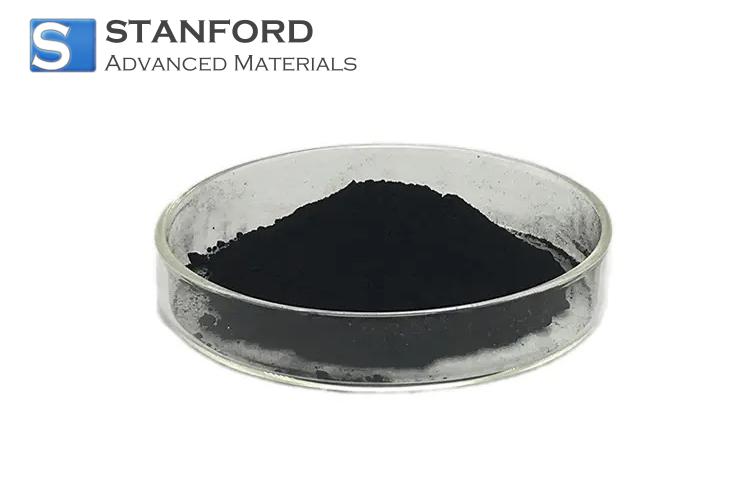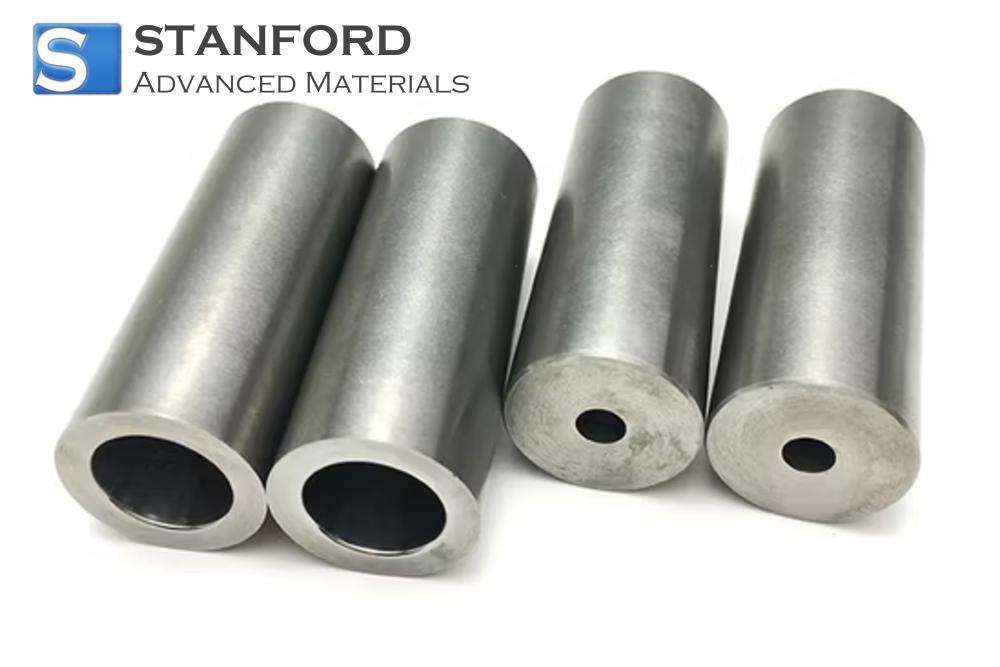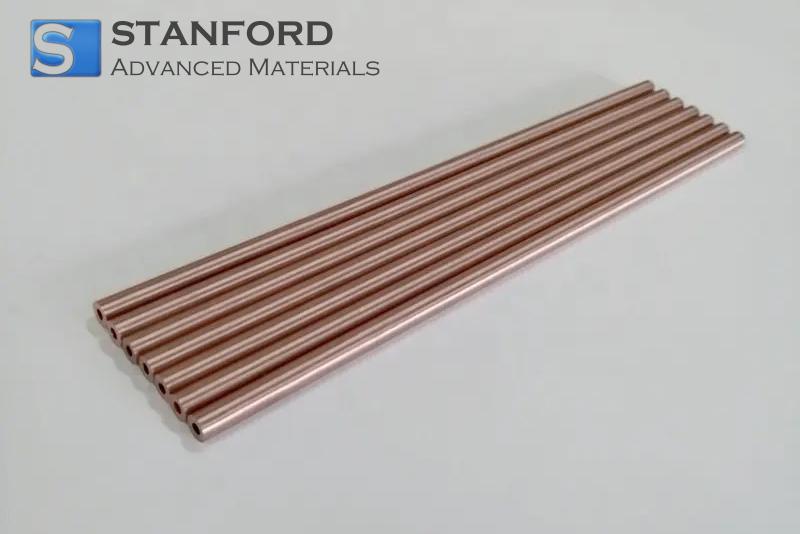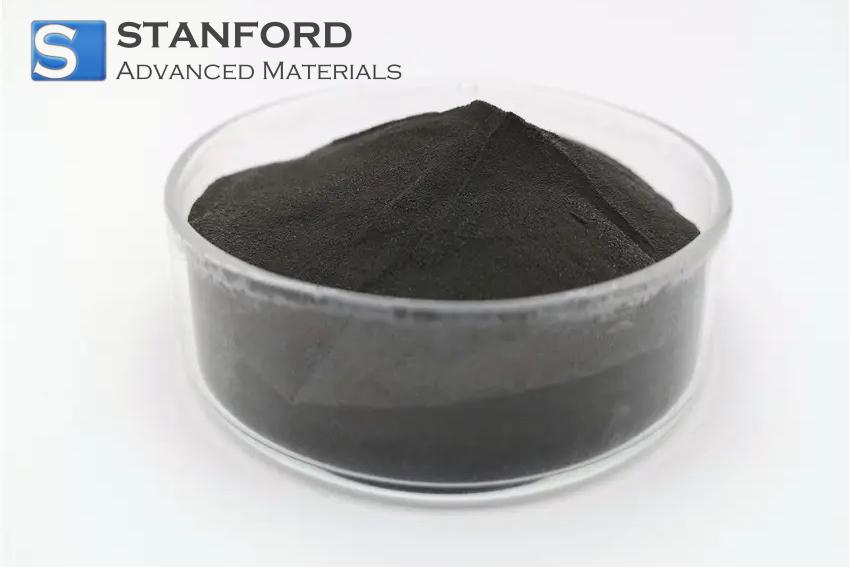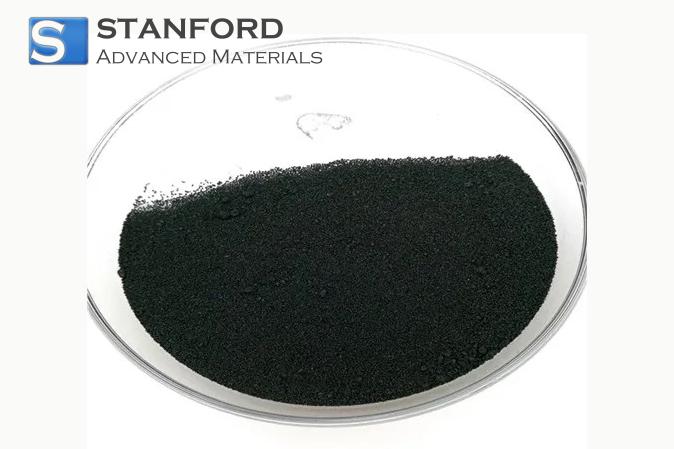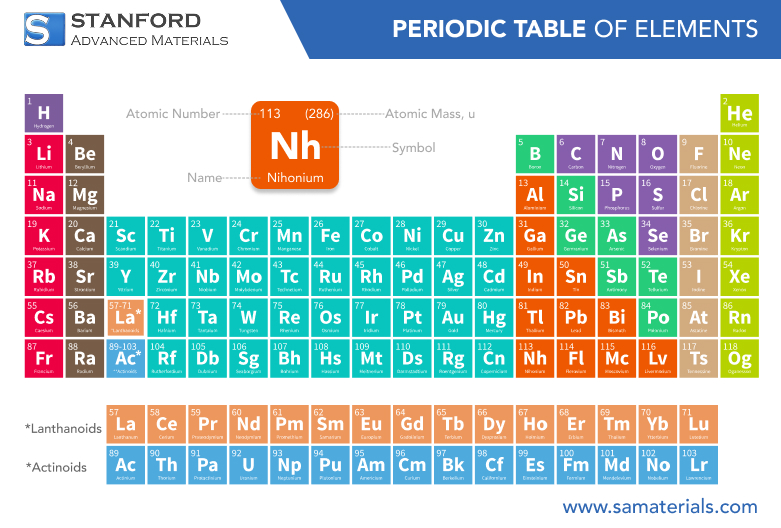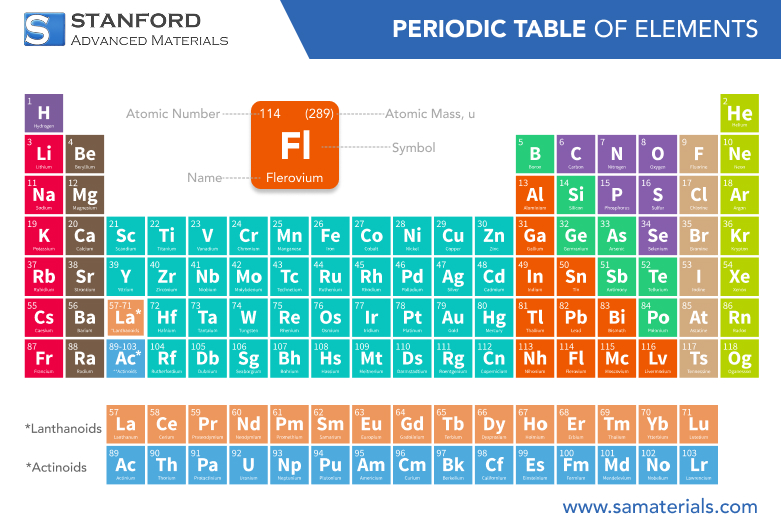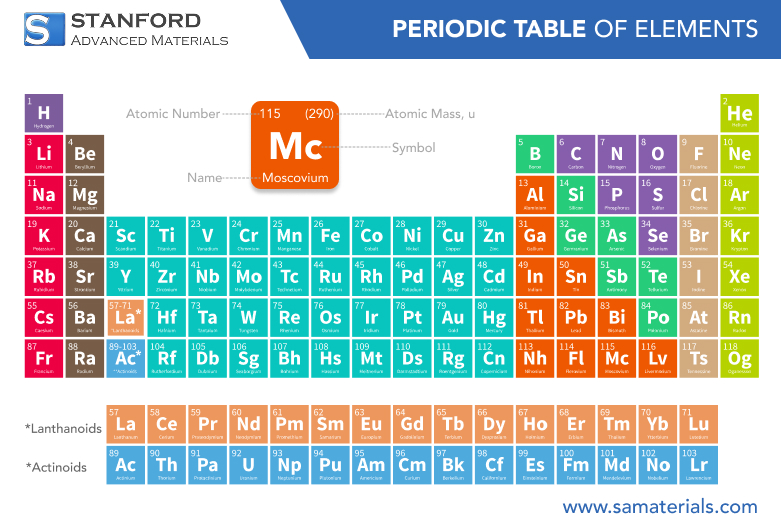Tin: Element Properties and Uses
Description
Tin is a versatile metal with rich history; its unique chemical properties, defined physical data, common uses, and industrial applications are discussed.
Introduction to the Element
Tin, represented by the chemical symbol Sn and holding an atomic number of 50, has played a significant role in human society for thousands of years. Known for its softness, malleability, and resistance to corrosion, tin has been used since ancient times to make alloys and coatings that protect other metals.
Chemical Properties Description
Tin exhibits interesting chemical properties that make it suitable for many industrial applications. Its most common oxidation states are +2 and +4, and it can form a range of compounds with varying reactivities. In its metallic state, tin is resistant to corrosion in moist environments, which is why it is often used as a protective coating. The formation of a thin oxide layer on its surface helps prevent further degradation, making tin an ideal candidate for applications where longevity and resistance to wear are critical.
Chemically, tin reacts with acids to produce tin salts and with alkalis under specific conditions. Its ability to combine with other elements has resulted in the formation of several alloys that benefit from the enhanced properties of tin. For instance, the addition of tin to lead improves the alloy’s strength and resistance to corrosion, a feature that is particularly valuable in soldering applications.
Physical Properties Data Table
Property | Value | Unit |
Atomic Number | 50 | - |
Atomic Weight | 118.71 | g/mol |
Melting Point | 231.93 | °C |
Boiling Point | 2602 | °C |
Density | 7.31 | g/cm³ |
Electrical Resistivity | 1.09×10⁻⁷ | Ω·m |
For more information, please check Stanford Advanced Materials (SAM).
Common Uses
Tin is widely used in various fields due to its physical and chemical versatility. One of its most prevalent applications is in the coating of other metals. Tin plating is a common process that protects steel or iron from corrosion, extending the life of containers and packaging materials.
This protective quality is essential in the food industry, where tin-coated containers preserve the freshness and safety of products.
Another significant application of tin is in soldering. Tin-based solders are crucial in electronics manufacturing, where they are used to connect components on printed circuit boards. The low melting point and good conductivity of tin make it ideal for creating reliable electrical joints.
Beyond soldering, tin is also used to manufacture alloys such as bronze and pewter. Bronze, in particular, has been used historically for sculptures, coins, and architectural features, while pewter finds its place in decorative items and utensils.
Tin also plays a role in the chemical industry. Its compounds serve as catalysts in various reactions and are used in stabilizing plastics and as components in ceramics.
Preparation Methods
The preparation of tin primarily involves the extraction of the metal from its ore, cassiterite, which is found in nature as tin oxide. The extraction process begins with the concentration of cassiterite through gravity separation or flotation techniques. Once the ore is concentrated, it is subjected to a smelting process where it is heated in a furnace in the presence of carbon. This process reduces the tin oxide to metallic tin, which can then be further purified through methods such as electrolysis or zone refining.
Frequently Asked Questions
What is the atomic number of tin?
Tin has an atomic number of 50.
How does tin resist corrosion?
A thin oxide layer forms on tin’s surface, protecting it from further corrosion.
What is the primary ore used for tin extraction?
Cassiterite, a tin oxide mineral, is the primary ore from which tin is extracted.
Why is tin commonly used in soldering?
Tin’s low melting point and good electrical conductivity make it ideal for soldering electronic components.
What industrial products rely on tin-based alloys?
Products such as bronze, lead-free solders, and various glass and ceramic coatings depend on tin-based alloys.

